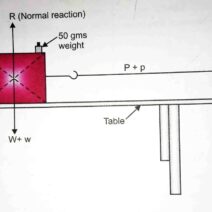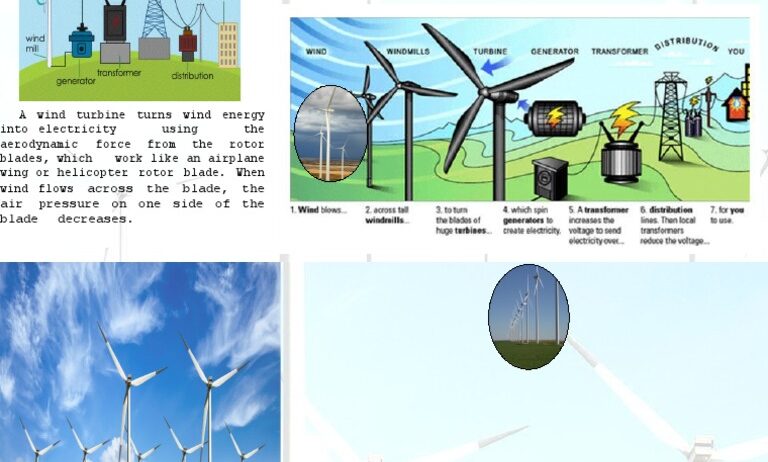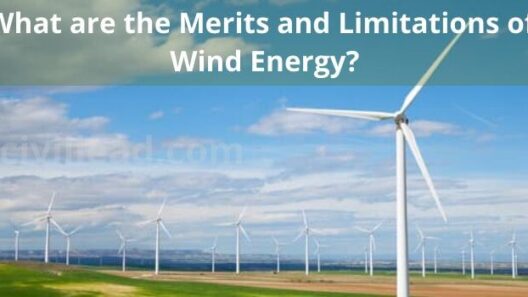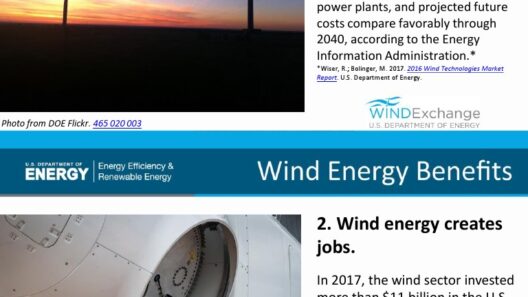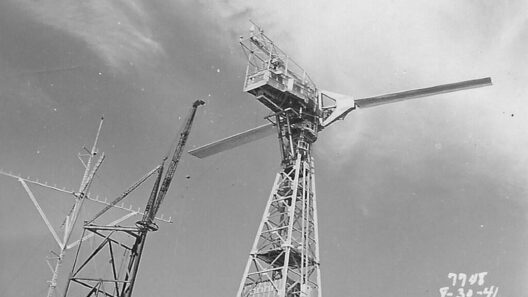Wind energy stands as one of the most compelling alternatives to fossil fuels, harnessing the inexhaustible power of the wind. As the global community increasingly pivots towards sustainable energy solutions, the various applications of wind energy have garnered significant attention. This exploration delves into the myriad ways wind power is utilized to generate electricity, support industrial activities, and promote environmental sustainability.
Wind energy, primarily generated through wind turbines, is an elegant equilibrium of technology and nature. These towering structures transform the kinetic energy of wind into mechanical power, paving the way for diverse applications. The aesthetic appeal of wind farms, with their majestic blades turning gracefully against the horizon, prompts a sense of connection between humanity and nature’s forces.
As we traverse the nuances of wind energy utilization, it becomes evident that the potential repercussions extend far beyond mere electricity generation.
Electricity Generation: The Backbone of Renewable Energy
One of the most prevalent uses of wind energy is electricity generation. Wind power plants convert wind energy into electrical energy through a systematic process. Wind turbines, often organized in farm-like settings, capture wind flow, which causes their blades to rotate. This rotational motion drives a generator, producing electrical power. The integration of wind energy into the electrical grid is not just commonplace; it is transformative. It enables regions to reduce their reliance on fossil fuels, thus minimizing carbon footprints and mitigating climate change effects.
With advancements in turbine technology, modern wind power systems can operate at lower wind speeds, generating electricity more efficiently. Off-shore wind farms have emerged as a sophisticated alternative, offering higher wind speeds and less visual impact on landscapes. The Netherlands, for instance, exemplifies innovative approaches as they harness severe marine winds for electricity production. These ventures underscore the remarkable adaptability of wind energy in diverse geographic and climatic contexts.
Residential and Commercial Applications: Empowering Local Communities
The utilization of wind energy extends into residential and commercial sectors, where small-scale wind turbines have become increasingly popular. The appeal of harnessing wind energy at an individual level empowers homeowners and businesses alike to generate their own electricity. In rural and remote areas, where access to traditional power grids may be limited, small wind turbines can provide an invaluable source of renewable energy. Homeowners can significantly reduce their electricity bills, while simultaneously contributing to a sustainable energy ecosystem.
Community wind projects have surfaced as collaborative efforts, pooling resources among local residents to invest in larger wind energy projects. Such initiatives foster community engagement and provide palpable economic benefits, showcasing how wind energy can underpin local economies. By financially supporting these endeavors, communities can harness the wind’s potential and achieve energy independence, thereby reinforcing the notion of local resilience.
Industrial and Agricultural Applications: Wind Energy in Diverse Sectors
Wind energy also finds application in diverse industrial sectors, serving as a key player in reducing operational costs and enhancing sustainability. In manufacturing, companies utilize wind-generated electricity to power operations, thereby diminishing reliance on carbon-intensive sources. Industries are progressively integrating wind energy into their supply chains, capitalizing on the decreasing costs of wind power to enhance their sustainability profiles. This movement creates a ripple effect, encouraging suppliers and consumers alike to consider renewable alternatives.
The agricultural sector has discovered unique ways to harness wind energy beyond just powering farms. Wind turbines can be strategically placed on agricultural lands to coexist with crops without significantly impeding farming operations. This dual utilization of land is dubbed “agrivoltaics,” where energy generation and agriculture are combined harmoniously. Farmers can leverage additional income from wind energy while cultivating food, thus optimizing land use and boosting agricultural resilience in an era of climate uncertainty.
Wind Energy and Environmental Conservation: A Symphony of Nature
Wind energy’s inversely proportional relationship to guarding ecological integrity cannot be understated. As a clean source of power, wind energy does not emit greenhouse gases during operation, positioning it as a frontrunner in the fight against climate change. By replacing fossil fuel combustion with wind energy, societies can decrease air pollutants, contributing to improved air quality and the overall health of ecosystems.
Moreover, wind energy installations can promote biodiversity by serving as habitats or migratory paths for various species. Innovative environmental management practices can be incorporated into wind farm development, ensuring that these structures coexist with wildlife rather than disrupt it. The commitment to responsible siting and operation of wind turbines reflects a growing recognition of the interconnectedness of energy production and environmental stewardship.
Future Potential: The Evolution of Wind Energy
Looking ahead, the potential of wind energy continues to swell. Innovations, such as airborne wind turbines and floating wind farms, promise to redefine the boundaries of where and how wind can be harnessed. These technological advancements stimulate excitement over the possible expansion of wind energy into previously unfeasible locales, further amplifying its accessibility.
As global perspectives shift towards sustainability, wind energy not only presents a viable solution but also symbolizes hope for a cleaner, greener future. It beckons collaborative efforts across communities, industries, and nations to unite for a shared objective—realizing the full grandeur of wind energy in our everyday lives. Engaging with wind energy encapsulates more than merely harvesting the wind; it involves embracing a paradigm shift towards an empowered and sustainable world.

